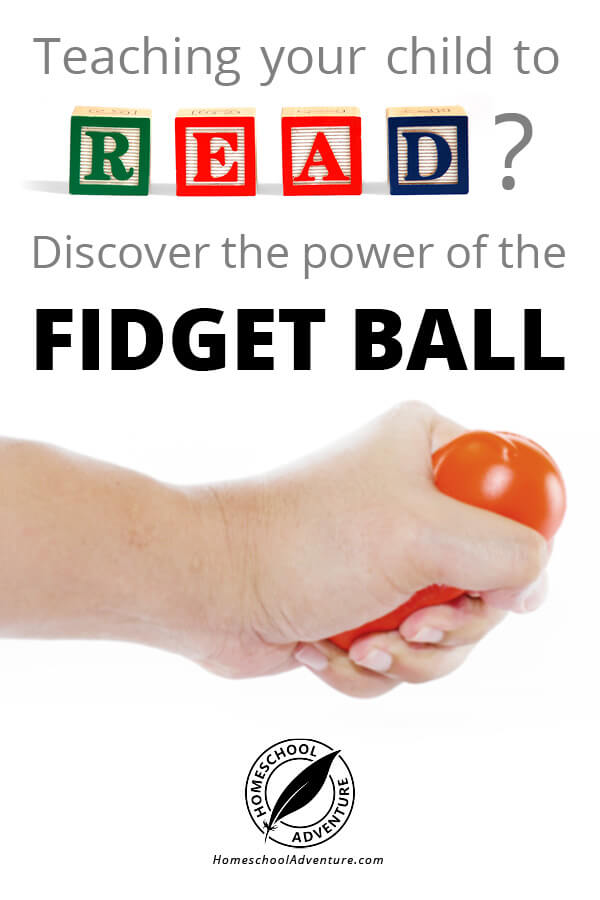
When the time came to teach my two young sons how to read, my homeschool mentor/dear friend Beth recommended I keep things simple.
(Affiliate links may have been used in this post. To read our full disclaimer, click here.)
She offered to let me borrow her copy of Phyllis Schlafly’s phonics-based First Reader.
She had used the First Reader to teach her children how to read and had shared it with several families before offering it to me.
(The colorful hardcover was a bit tattered by the time we used it.)
NEW TERRITORY
Back then, if you had asked me whether I planned to use a phonics-based or sight-words approach, I would have responded with a blank stare.
All of this teaching stuff was still new to me.
But homeschooling my sons has since taught me the importance of seizing every opportunity to help them develop critical thinking skills—starting with phonics.
HOW THEY LEARN CAN BE AS IMPORTANT AS WHAT THEY LEARN
According to a study performed by Stanford University Professor Bruce McCandliss, the way students focus their attention during learning actually has a profound impact on what they learn.
He explains:
Beginning readers who focus on letter-sound relationships, or phonics, instead of trying to learn whole words, increase activity in the area of their brains best wired for reading.
Teaching your children to sound out a word “sparks more optimal brain circuitry than instructing them to memorize the word….”
You can think of phonics as a sort of mental calisthenics.
Just as a gymnastic exercise can build physical strength, the time your child works to decode one word can strengthen his or her ability to decode the next.
YES, BUT CAN THEY SIT STILL LONG ENOUGH TO LEARN?
Beth gave us the perfect book. But my sons had energy. Lots of energy.
(They were little boys, after all.)
Instead of sitting beside me on the couch, carefully sounding out words … they squirmed and fidgeted, eyes everywhere but on the page.
I got frustrated.
They responded in kind.
Our lovely lesson deteriorated into an unpleasant conflict.
The Power of the Fidget Ball
After a few sharp words (and a few tears—both theirs and mine), I discovered a secret to helping my sons concentrate during our reading lessons.

Years before fidget-spinners came on the scene, I found the fidget ball!
When I put that ball in my firstborn son’s hand, all his pent-up energy was channeled into squeezing it.
He suddenly gained the ability to focus on sounding out words. And, before long, he was starting to read. (It worked with his younger brother, too.)
You can use any ball that fits into your child’s hand. The one we used was a squishy, rubbery ball like this.
A SMALL THING CAN MAKE A BIG DIFFERENCE
Our experience with the First Reader and the fidget ball taught me that sometimes a small thing can make a big difference.
I learned to become a student of my children. Whenever possible, I worked with rather than against their natural, God-given temperaments.
Rather than expect my energetic sons to bottle up their energy, we simply redirected it.
SEIZE EVERY OPPORTUNITY
Our time with our children is so short. The world we will release them into is filled with challenges and temptations. Let’s seize every opportunity train them to be critical thinkers.
Build their mental muscles from the start with phonics.
♦ ♦ ♦

A Creative Use For Our Bedtime Story
Do you have a bedtime routine for your little ones?
One mother shared with us that she uses our bedtime story, I’d Rather Be Your Mommy, as a first reader for her child.
Her child is learning to read by reciting the text!
Affectionately nicknamed “The Mommy Book,” it encourages Mom by emphasizing the importance of her job—and it repeatedly tells her children how much she loves them.
We love her creative use of our storybook!

